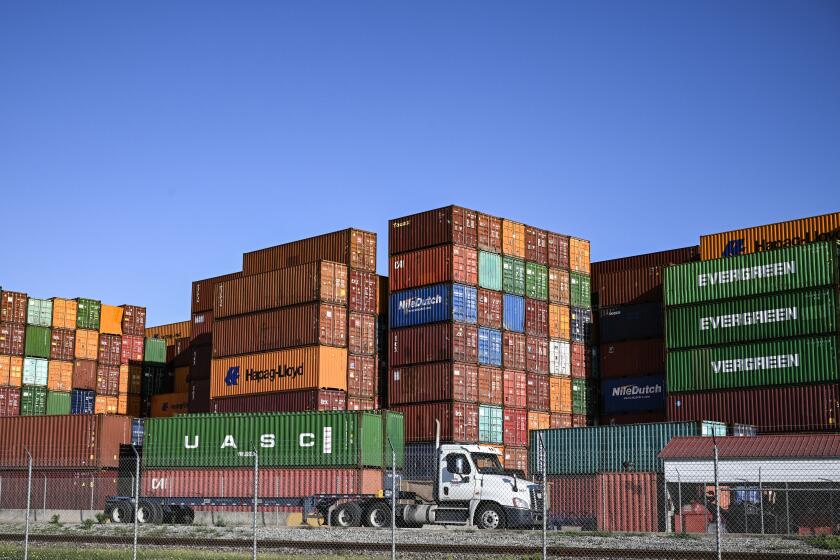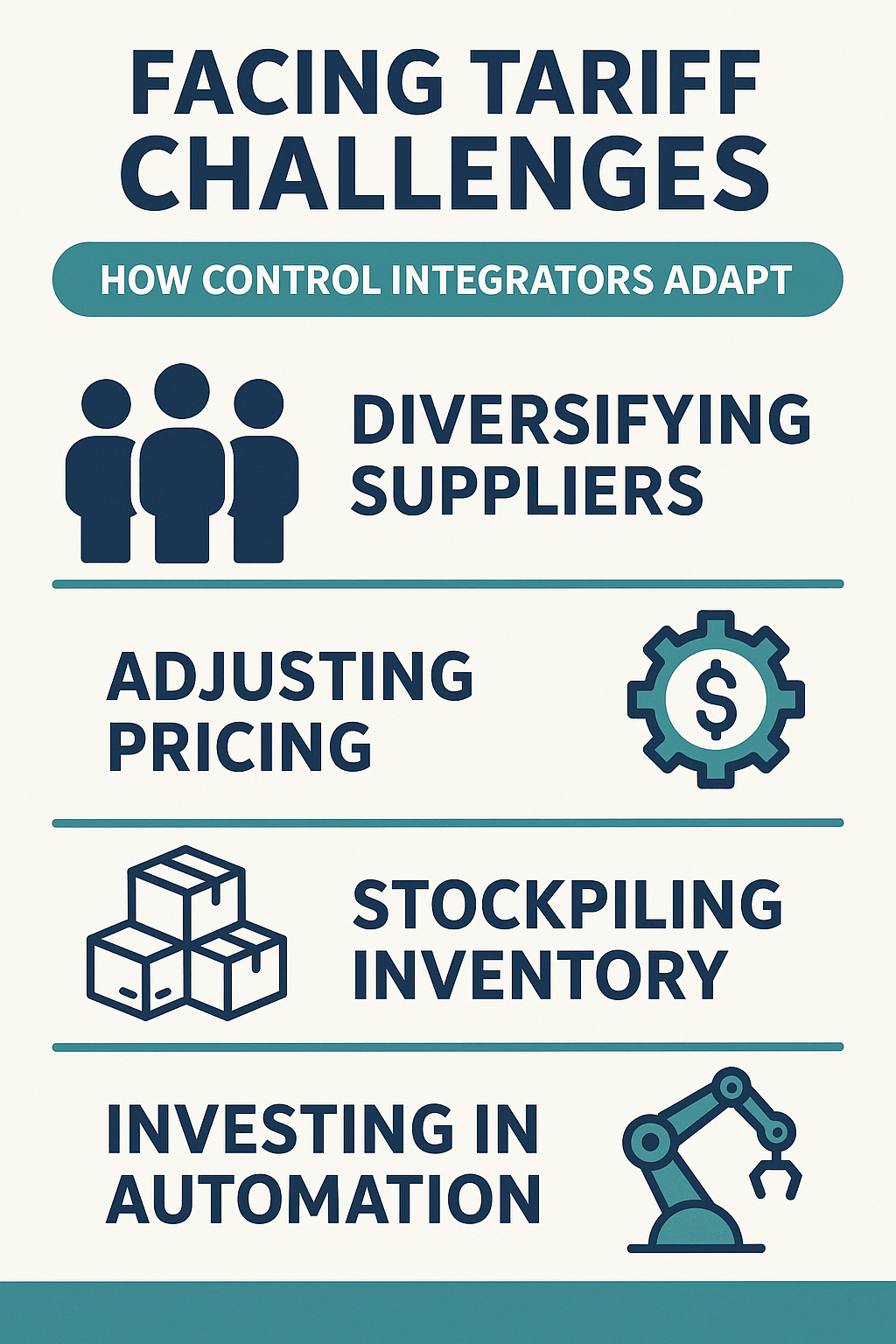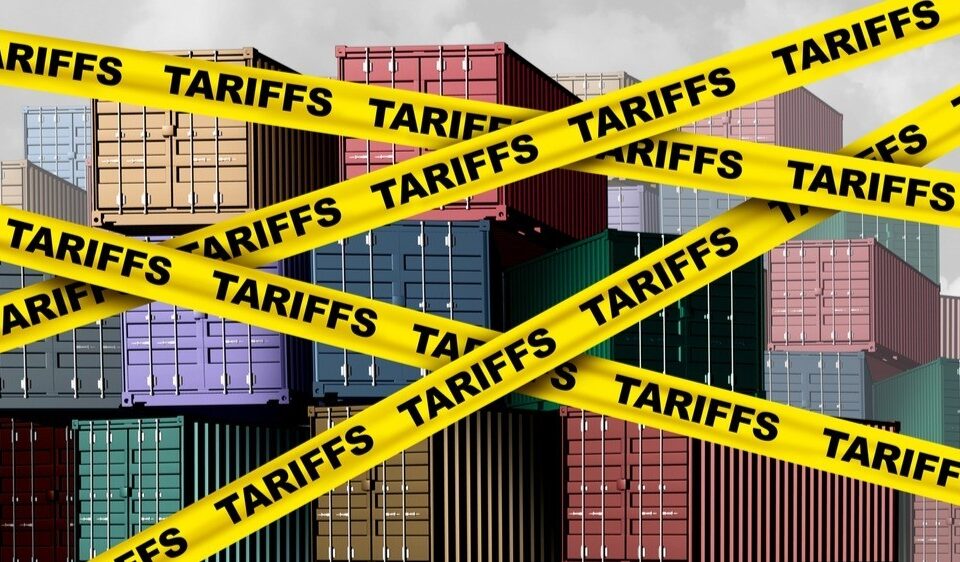Smart Procurement Under Pressure: How Controls Integrators Can Adapt to Tariff Challenges
Smart Procurement Under Pressure: How Controls Integrators Can Adapt to Tariff Challenges
In an increasingly globalized world, the controls integration industry is deeply reliant on international supply chains. Components such as PLCs, sensors, HMIs, instrumentation, and wiring are sourced from various countries, especially from major industrial hubs like China, Germany, and Japan. However, tariffs and trade tensions have introduced new complexities and cost pressures that threaten the stability of project timelines and budgets.
For controls integrators, navigating these tariff challenges demands a smarter, more agile procurement strategy. This blog explores how integrators can adapt to tariffs through smart sourcing, supplier diversification, contract adjustments, and risk mitigation, ultimately strengthening their operational resilience.
Understanding the Tariff Challenges in Controls Integration
Tariffs are government-imposed taxes on imported goods, typically used to protect domestic industries or influence international trade relationships. When applied to essential industrial components, they can cause ripple effects throughout the controls integration ecosystem:
Component price increases
Extended lead times
Project delays
Supplier bottlenecks
Regulatory compliance issues
Tariffs not only increase the upfront cost of components but also drive up total project costs through delays, redesigns, and unexpected substitutions.

Why Controls Integrators Are Uniquely Impacted
Controls integrators are not just buyers; they are system architects responsible for designing and delivering automation systems that meet strict performance and compliance standards. A small change in component availability or cost can lead to:
Panel redesigns
Delays in commissioning
Missed delivery milestones
Budget overruns
They must also deal with long-term contracts, making it difficult to adjust pricing when tariffs suddenly increase. This makes proactive, smart procurement not just beneficial—but essential.
Smart Procurement Strategies for Mitigating Tariff Challenges and Impact
1. Build a Dual- or Multi-Sourcing Model
One of the most effective ways to reduce risk is to diversify your supplier base to face tariff challenges. Avoid sole-sourcing critical components from a country or vendor affected by tariffs.
How to implement it:
Identify tariff-sensitive items in your BOM (Bill of Materials).
Build relationships with suppliers in tariff-exempt regions (e.g., Mexico, Canada, Southeast Asia).
Evaluate and qualify secondary vendors for each critical component.
Keep vendor certifications and compliance documentation up to date.
Benefit: If one supplier becomes cost-prohibitive or delayed due to tariffs, you can switch to an alternate source without redesigning your system.
2. Prequalify Alternate Components and Brands
When tariffs affect a specific product line, having prequalified alternatives helps you pivot quickly without halting the project.
Steps to execute:
Work with engineers to validate alternate part numbers.
Maintain a live alternate component list in your procurement system.
Get alternate parts pre-approved by clients when possible.
Example: If your usual PLC model from a tariffed country becomes delayed or expensive, having a verified equivalent from another brand or region allows faster replacement.
3. Leverage Strategic Inventory Planning
Rather than waiting for parts to become urgent, forecast procurement needs and order early. This allows you to lock in pricing and avoid surprise costs due to sudden tariff hikes or supplier backlogs.
Tactics to use:
Identify long-lead items and order them during the design phase.
Use just-in-case inventory practices for hard-to-source parts.
Negotiate with suppliers for storage agreements if on-site storage is limited.
Tip: Implement supply chain visibility tools to track part usage and demand across multiple projects.
4. Negotiate Better Terms with Suppliers
Tariffs don’t have to eat into your margins. By building strong relationships with key suppliers, you may be able to:
Split tariff costs
Negotiate bulk discounts
Request longer payment terms
Secure early payment incentives
Additionally, some suppliers may offer drop-in alternatives, repair programs, or extended warranties to help offset rising costs.
Pro Tip: Establish an annual review with key vendors to re-evaluate contracts in light of tariff updates.

5. Add Tariff Clauses in Contracts
For controls integrators working on multi-month or multi-year projects, pricing volatility is a major risk. If a tariff is introduced mid-project, you could lose money unless your contract allows for flexibility.
Legal Safeguards:
Add a tariff adjustment clause to allow price renegotiation if tariffs change.
Include force majeure clauses to protect against uncontrollable delays.
Clearly outline acceptable substitute parts in the contract scope.
Result: You protect your profitability and maintain transparency with clients.
6. Use Local and Regional Distributors
In some cases, working with local or regional distributors may provide better access to tariff-exempt stock, quicker delivery, and in-region support.
Benefits:
Distributors often hold buffer inventory.
They have established logistics networks and customs experience.
You gain access to shared warehousing, reducing your own carrying costs.
Example: Sourcing electrical components from a U.S.-based authorized distributor might help you bypass certain China-origin tariffs.
7. Invest in Digital Procurement Tools
Modern procurement software offers features that can dramatically improve your sourcing efficiency and tariff navigation.
Key tools and features:
Supplier risk scoring
Part price tracking and forecasting
Real-time tariff updates
AI-driven procurement recommendations
Platforms to explore: SAP Ariba, Zycus, Coupa, and TradeShift
8. Plan for Project Buffer and Flexibility
Procurement under tariff pressure requires built-in flexibility. Plan projects with time and cost contingencies to avoid last-minute scrambles or missed milestones.
Smart buffer strategies:
Include 30–45 days buffer on delivery schedules for long-lead items.
Maintain extra quantities of critical components.
Use modular designs that allow for plug-and-play flexibility if component changes are needed.
Real-World Example: A Tariff-Ready Controls Integration Project
Case: A mid-sized integrator was working on a food processing plant upgrade with a fixed 6-month timeline and a $400,000 equipment budget.
Challenge: Mid-project, a 25% tariff was applied to their PLC supplier in Asia, increasing cost projections by $30,000.
Solution:
They immediately switched to a prequalified alternative PLC from Mexico.
Their procurement team bulk ordered relays and sensors to lock in pre-tariff pricing.
The client had previously approved contract clauses allowing for alternate components and tariff-related price adjustments.
Result: The project stayed within budget and met the timeline—despite the external challenges.

Looking Ahead: Why Smart Procurement Is the Future
The global economy is evolving rapidly, and so are trade dynamics. Tariffs, pandemics, geopolitical instability, and raw material shortages are not short-term events—they’re part of a new normal.
Controls integrators that take a strategic, proactive approach to procurement will not only survive but thrive. By building resilient sourcing networks, leveraging technology, and educating clients, you future-proof your business against the volatility of modern supply chains.
Facing tariff challenges and the pressures are real, and for controls integrators, the stakes are high. But with smart procurement practices, you can reduce delays, control costs, and maintain project integrity—even in uncertain times.
By diversifying suppliers, prequalifying parts, negotiating smarter contracts, and forecasting proactively, you turn procurement from a liability into a competitive advantage.
Now is the time to future-proof your procurement strategy. Because when you plan ahead, tariffs are just another challenge you’re already equipped to overcome.




